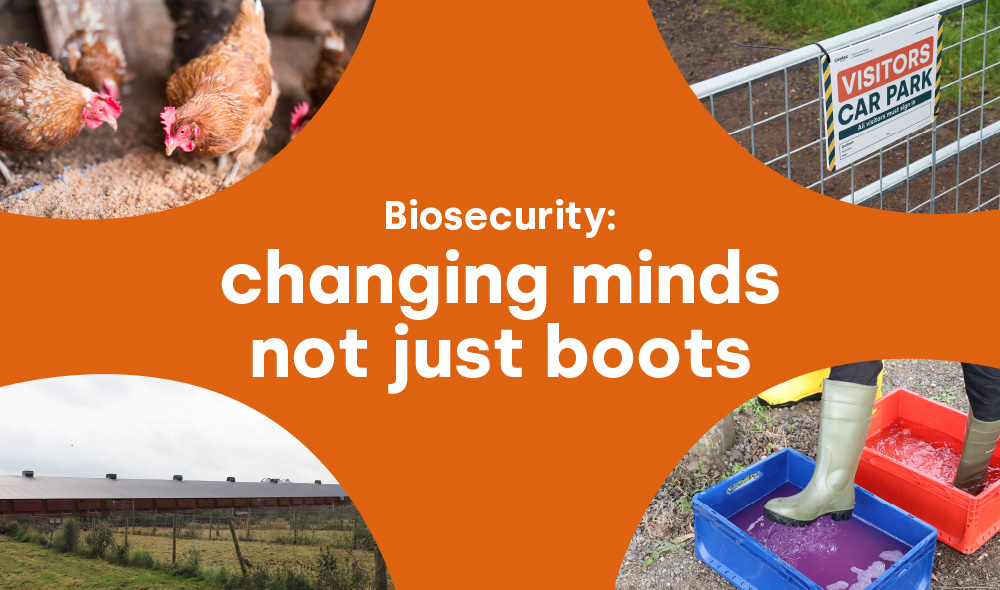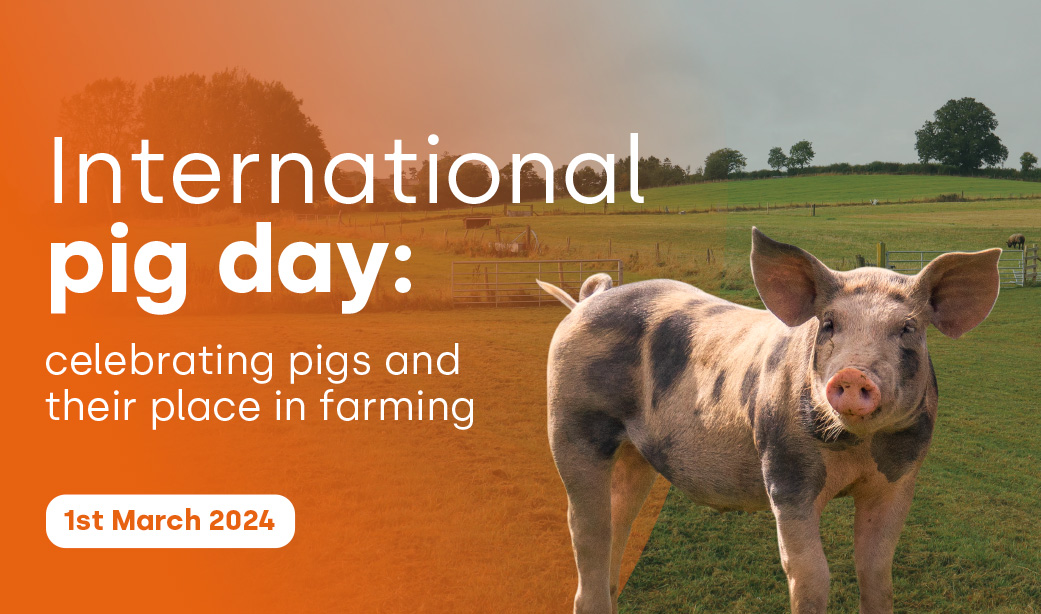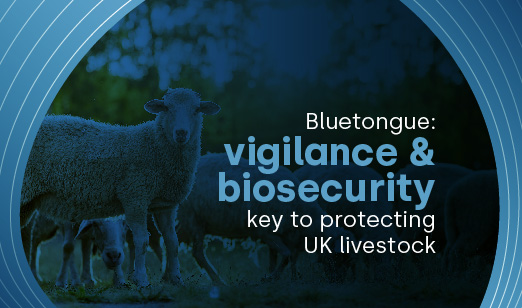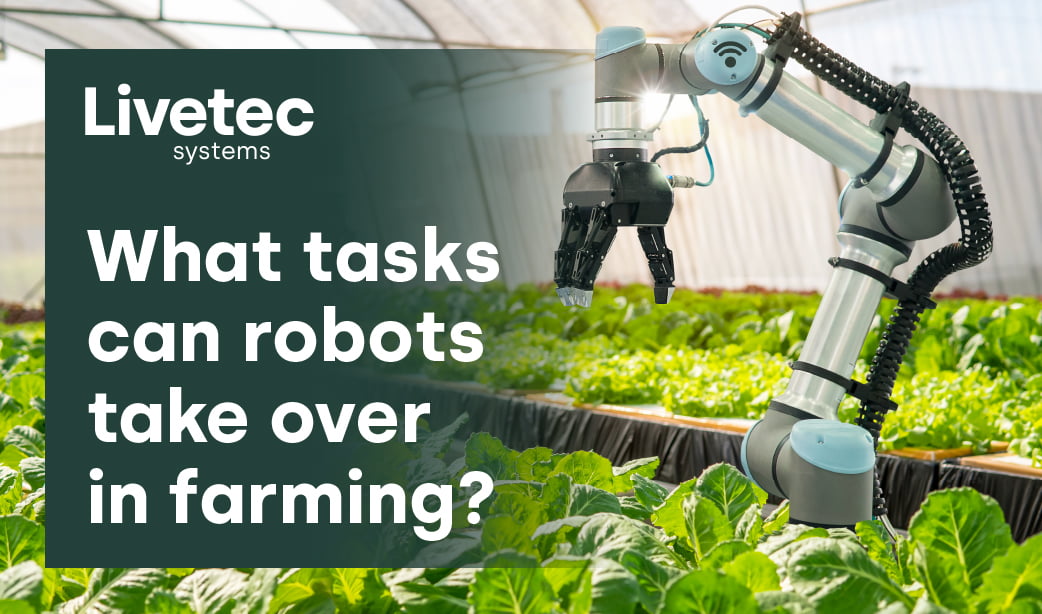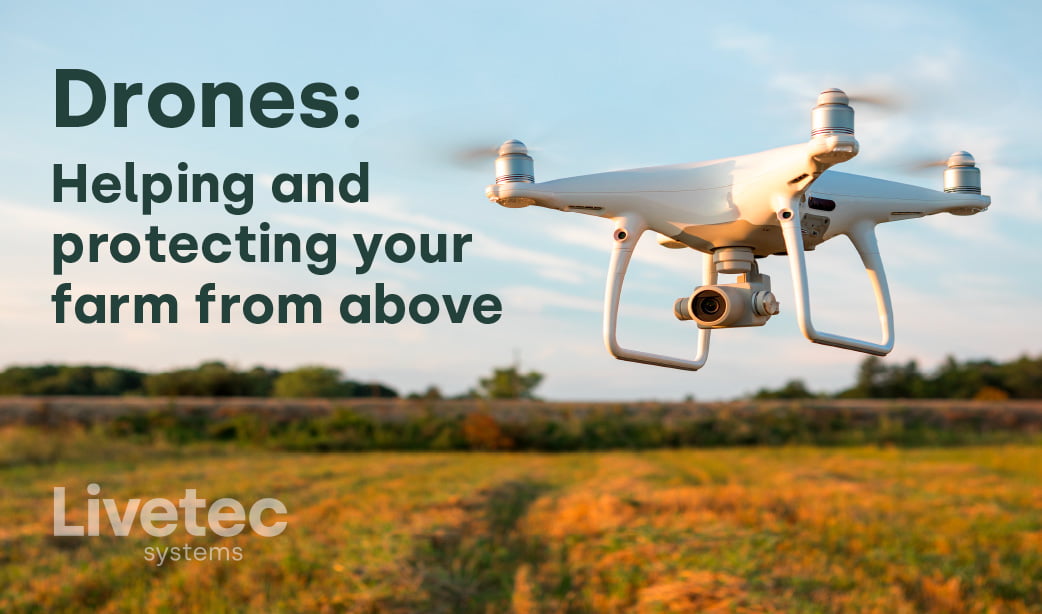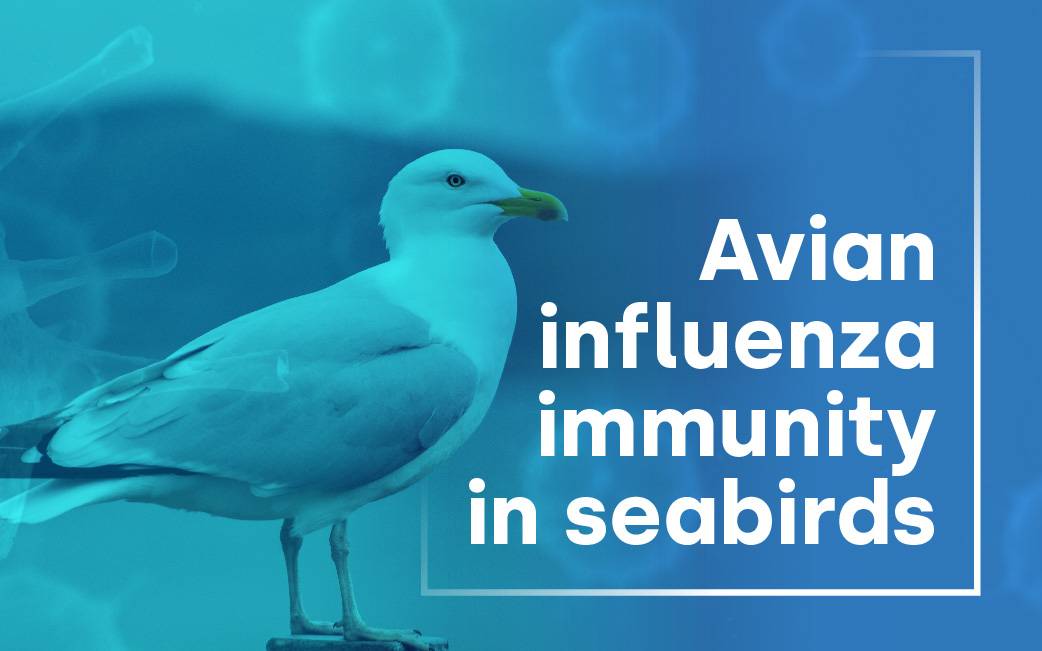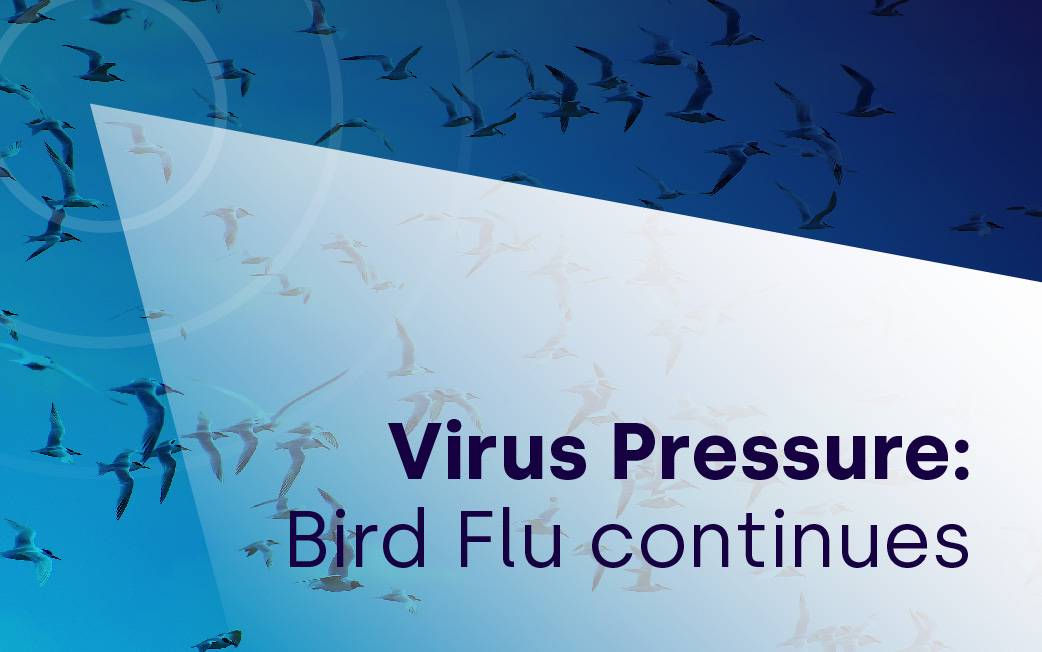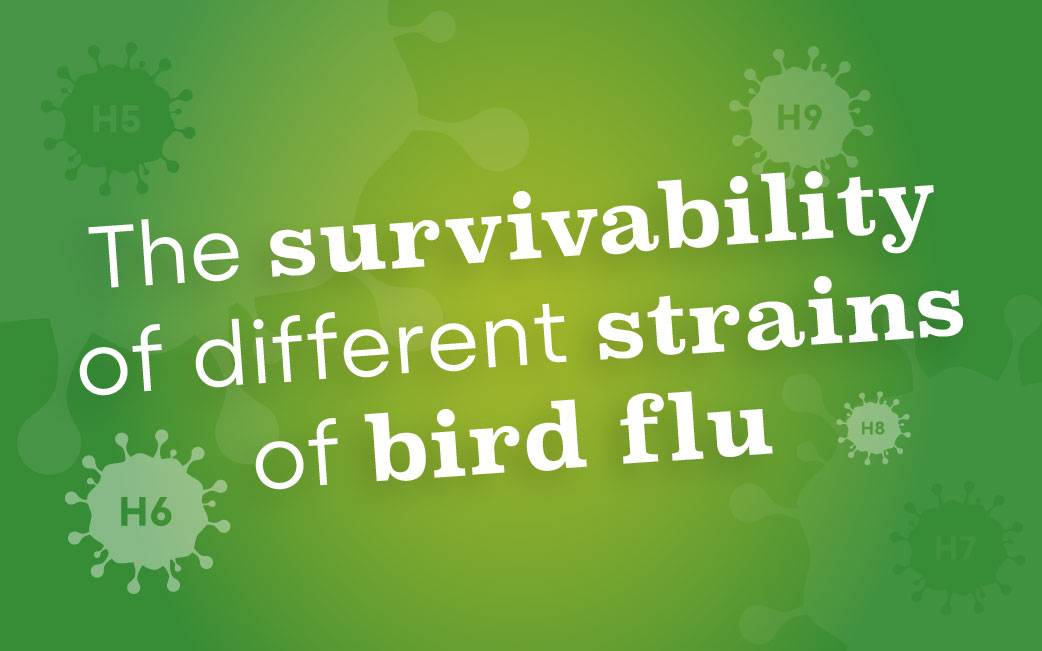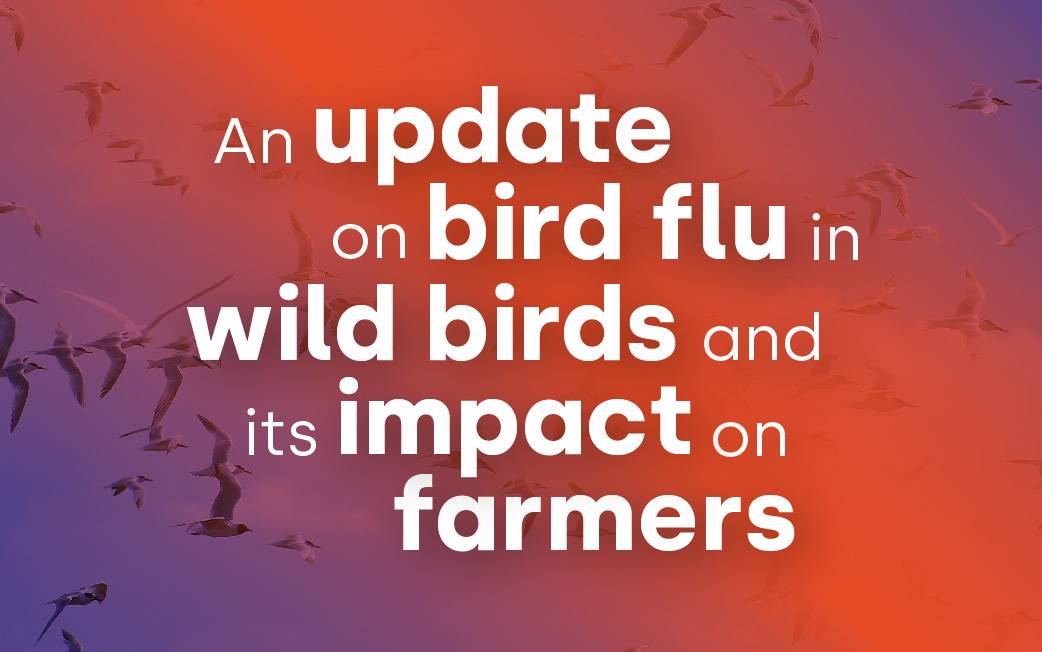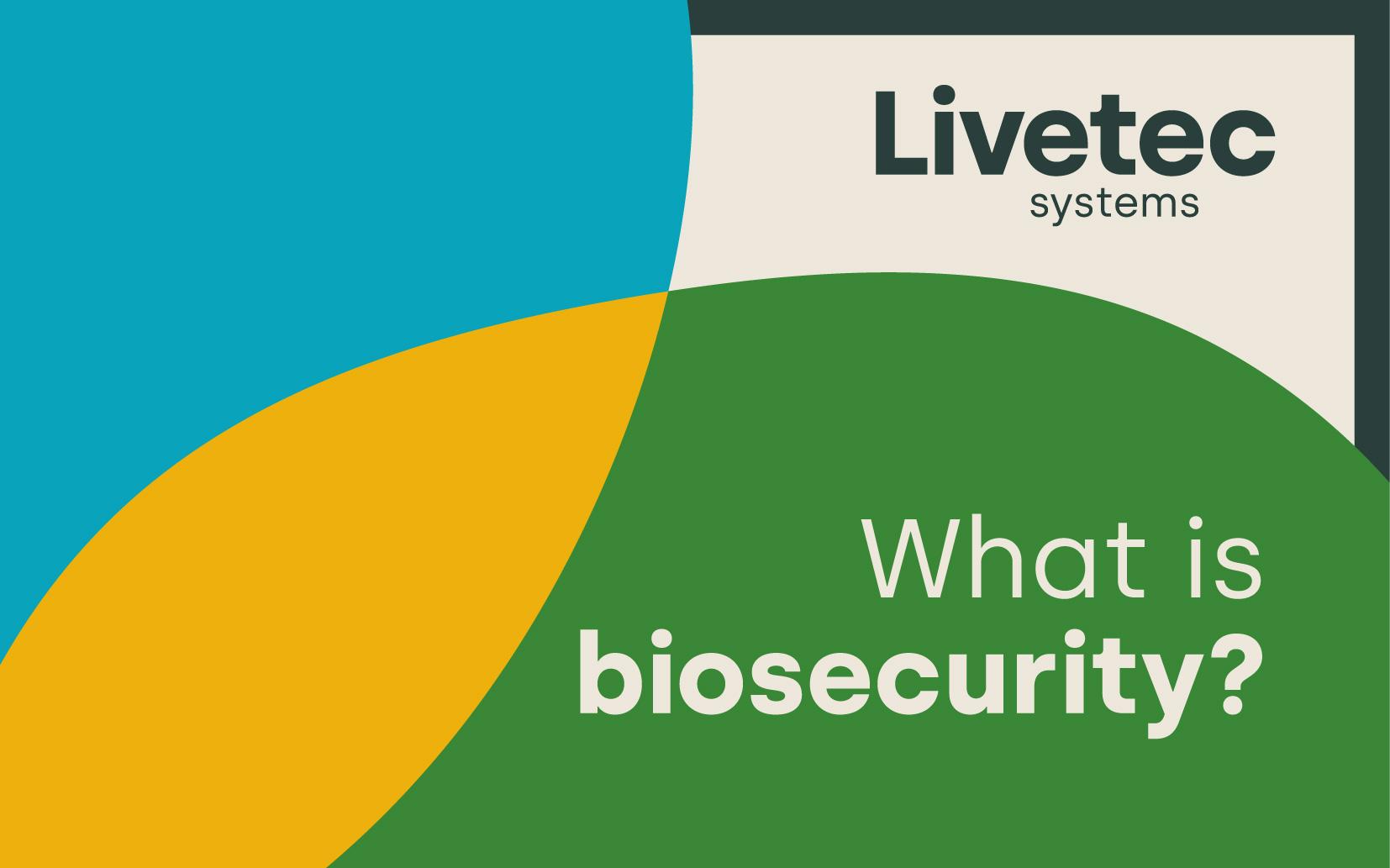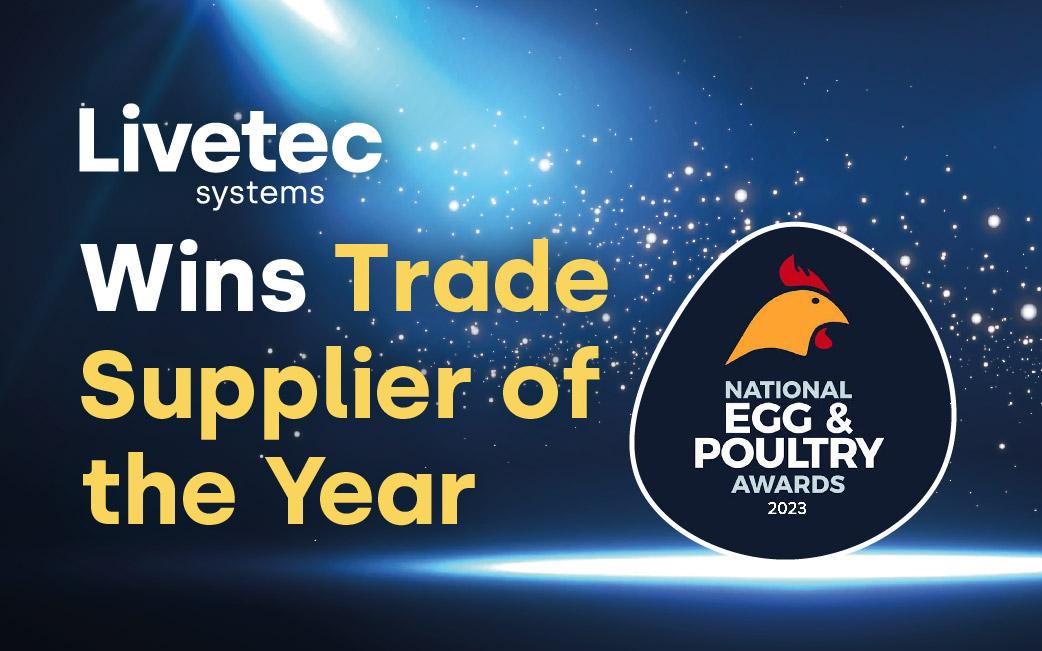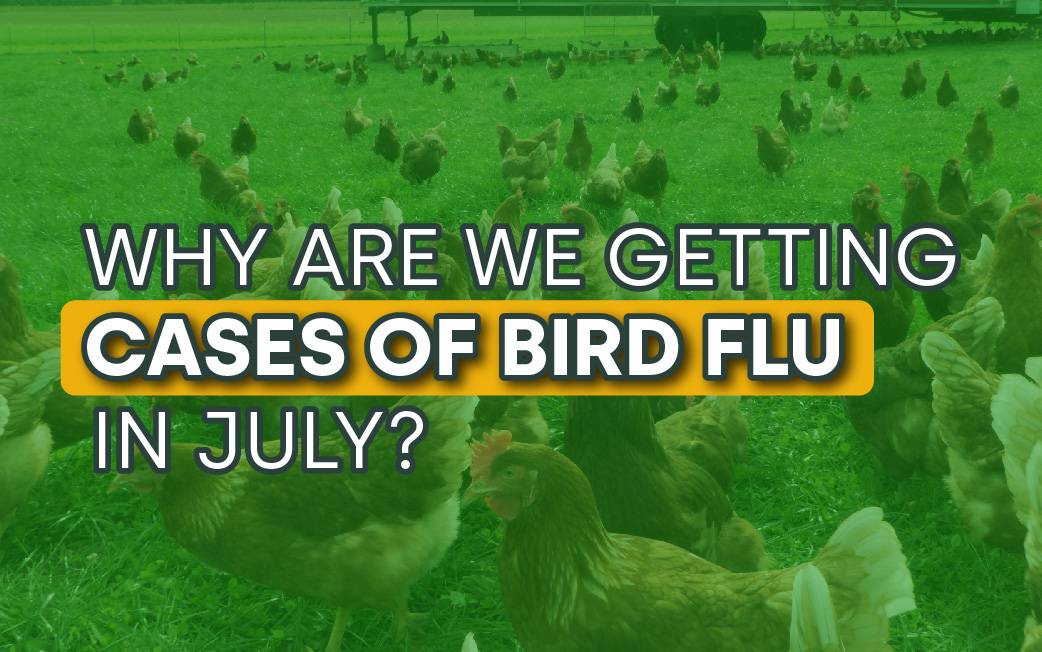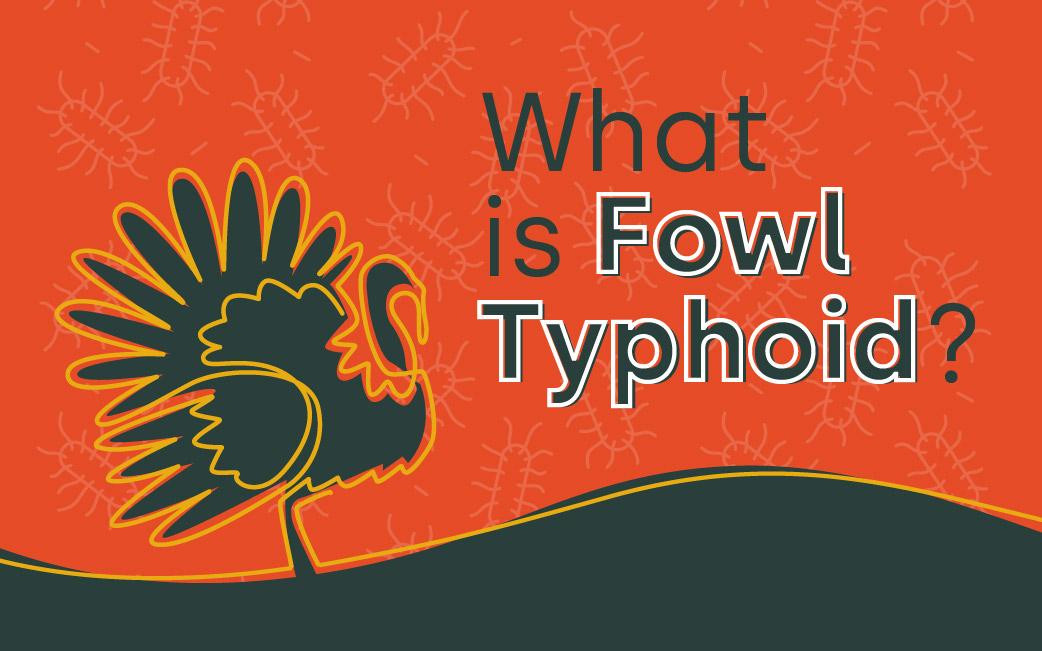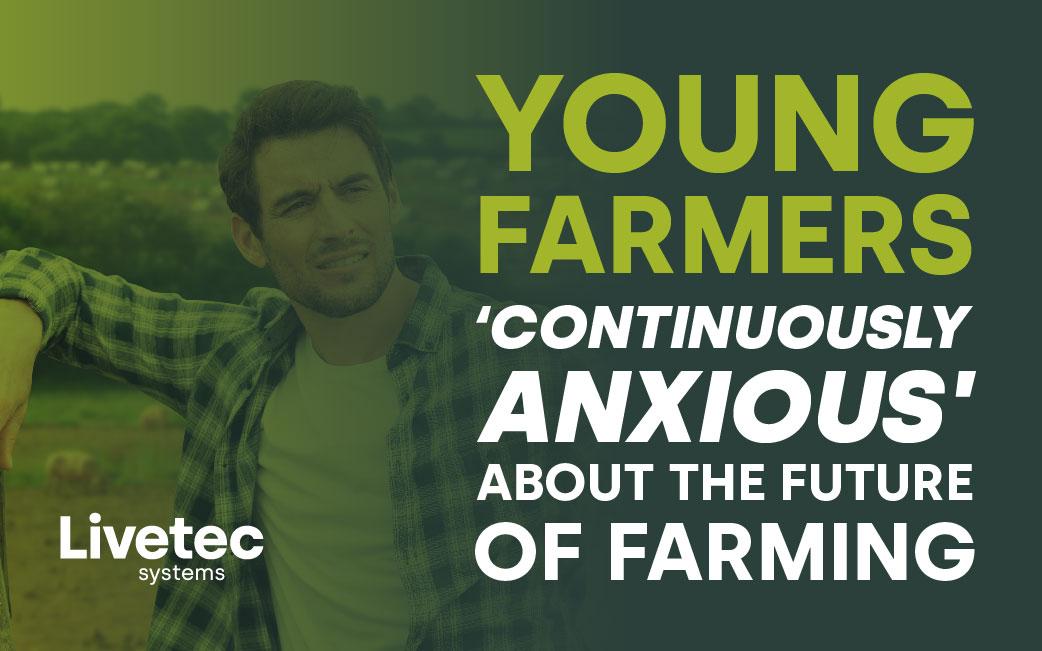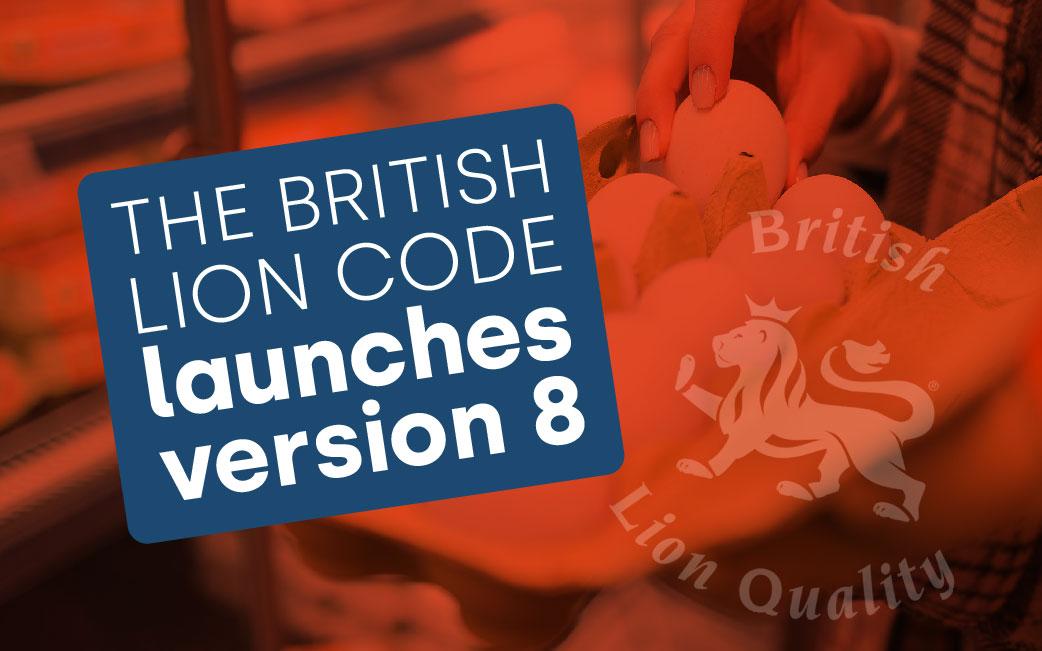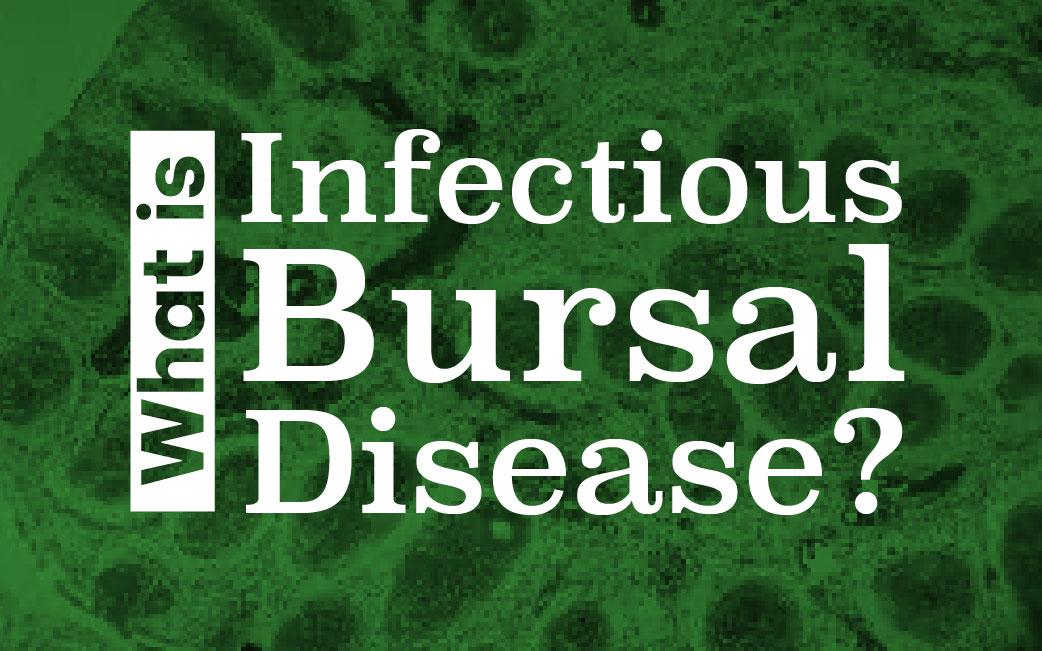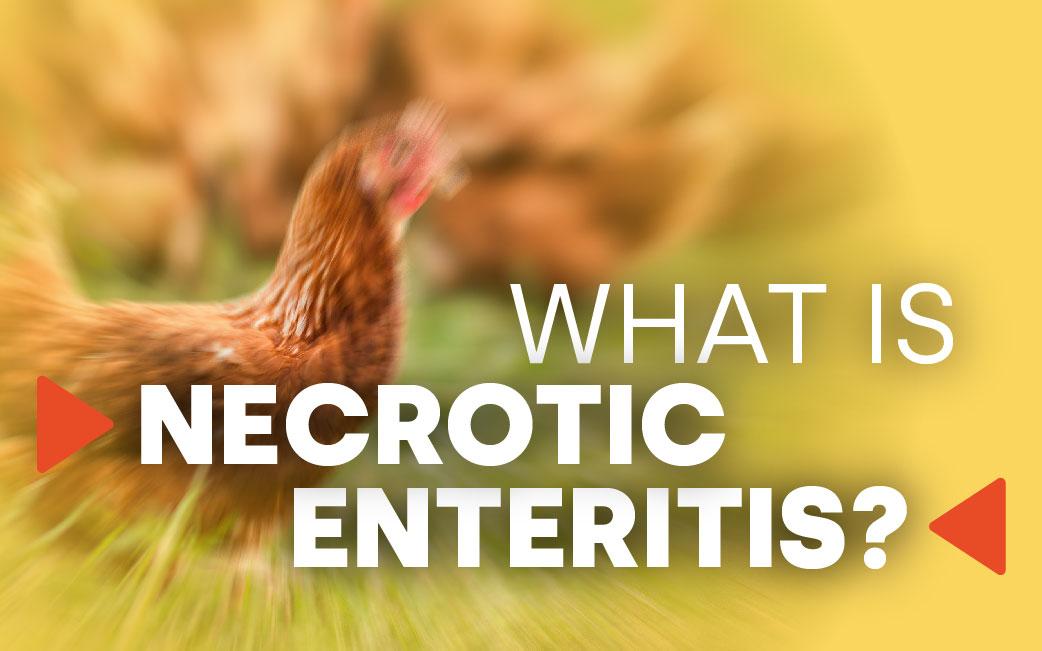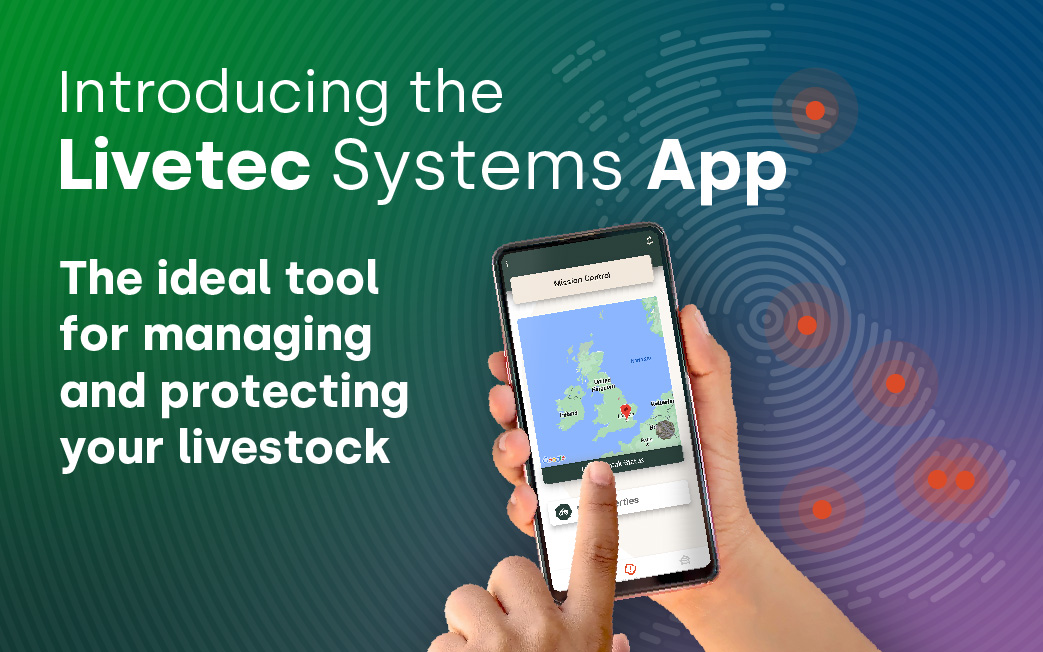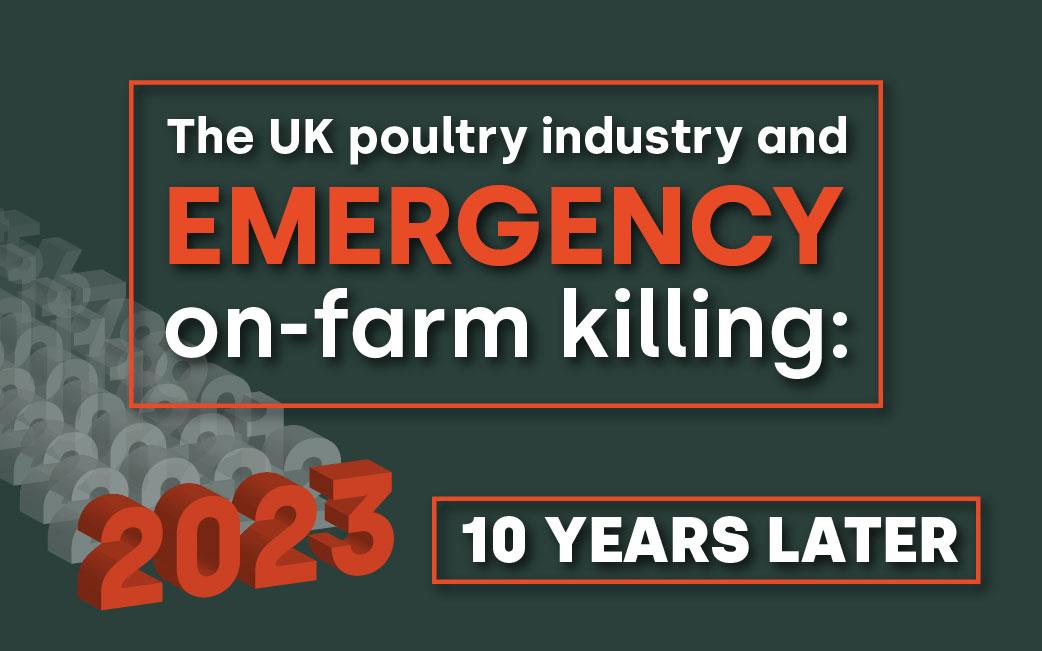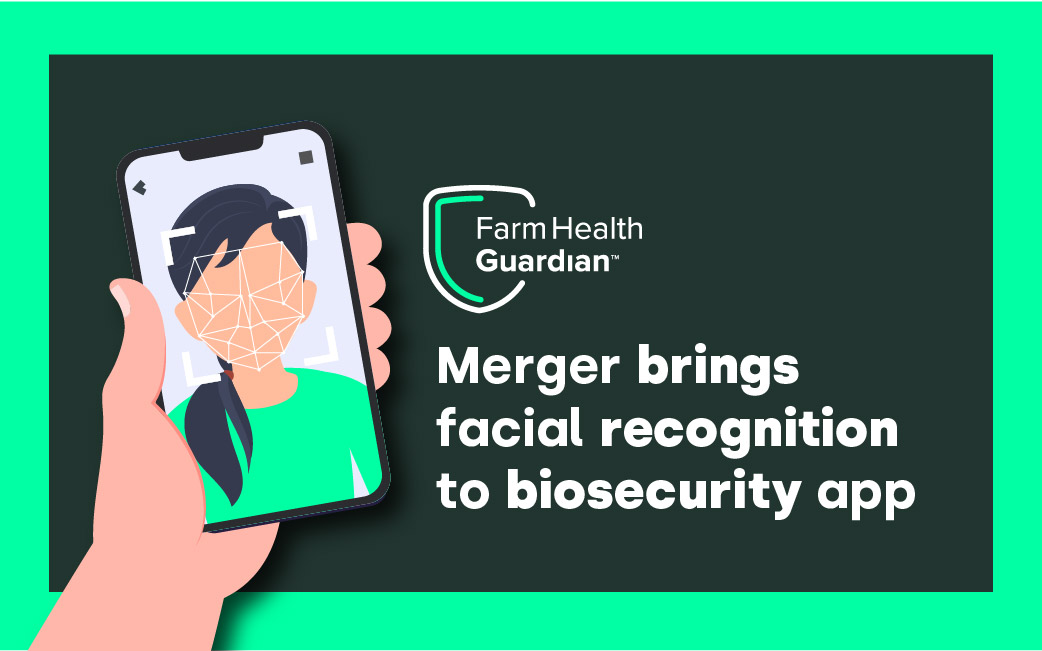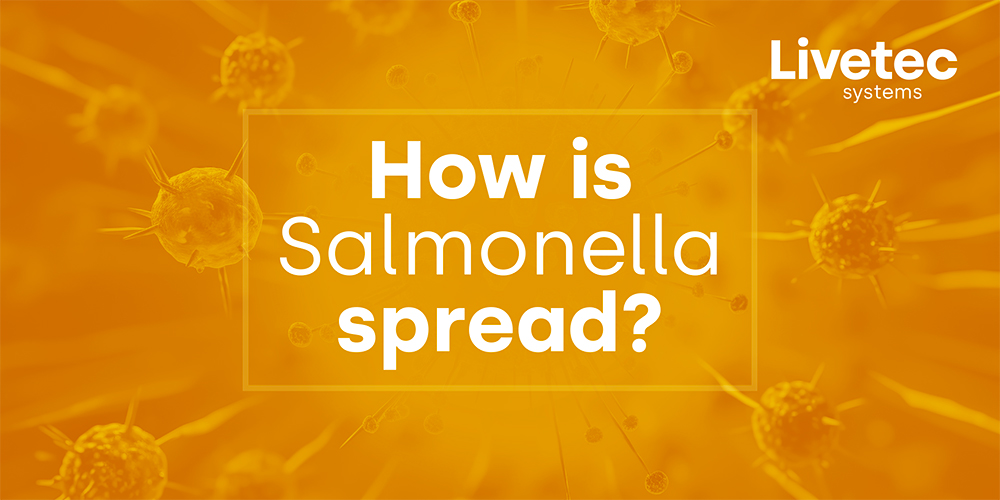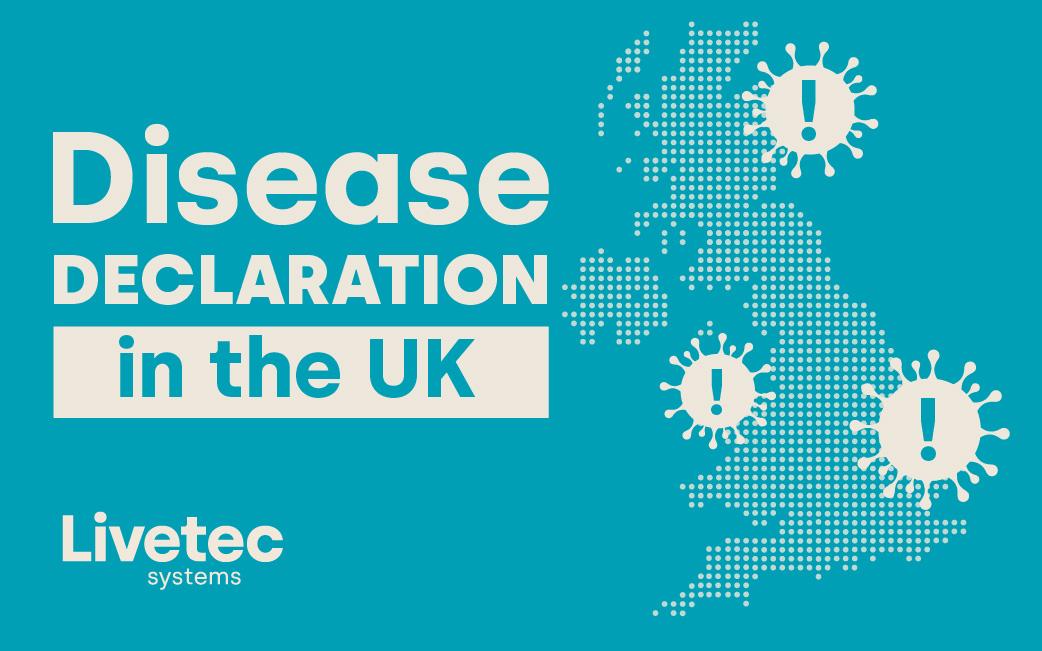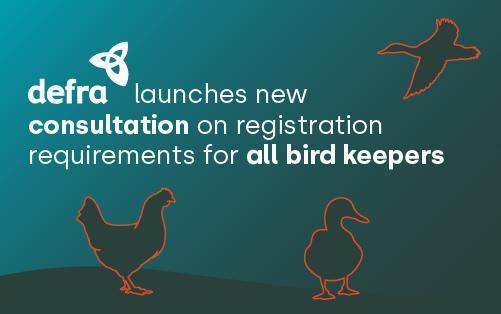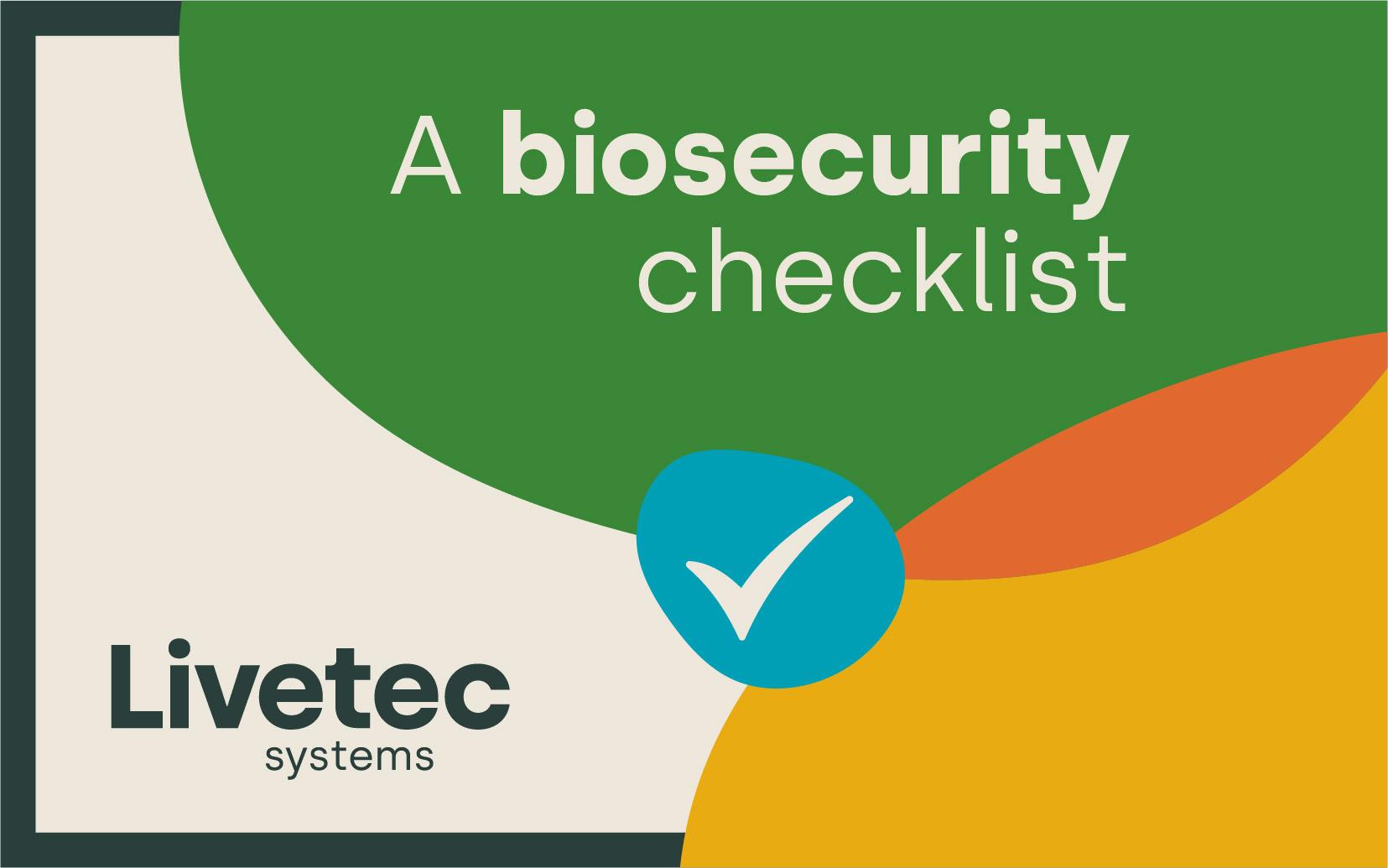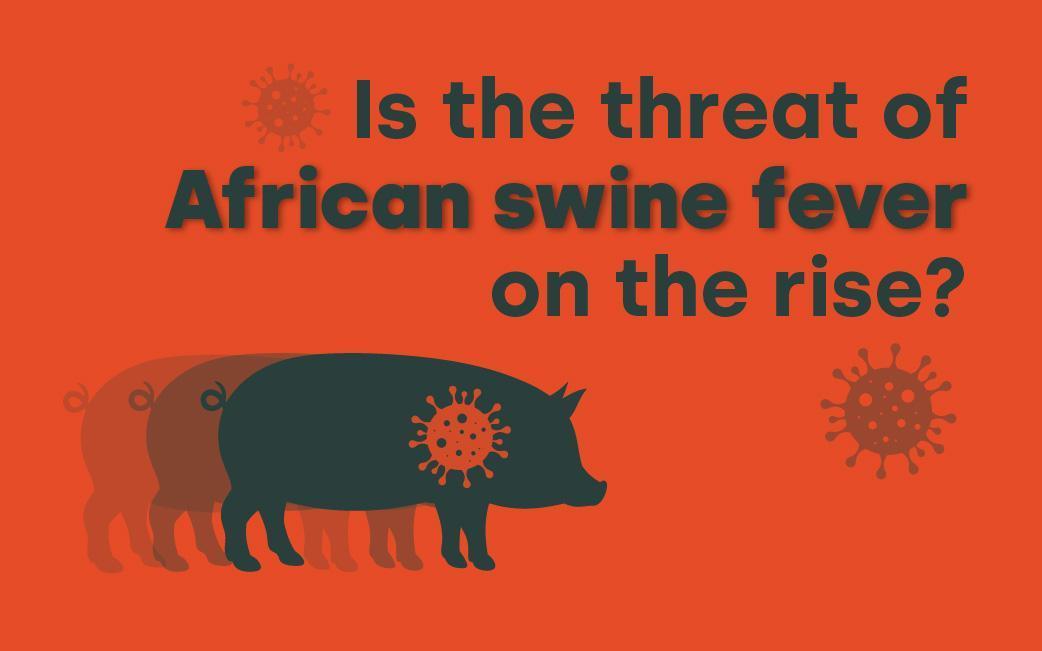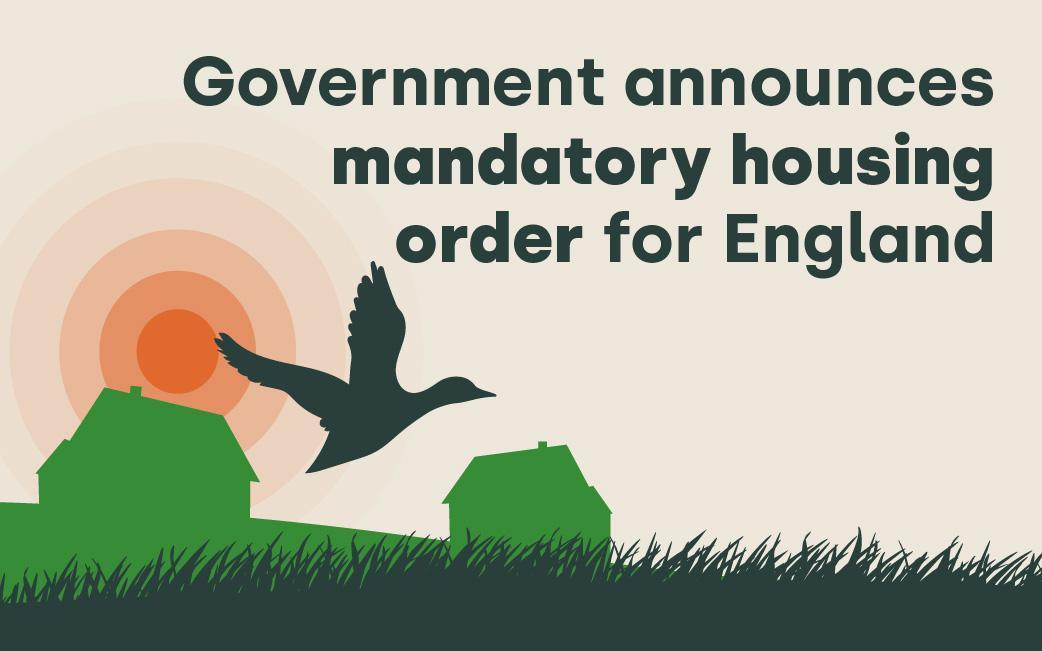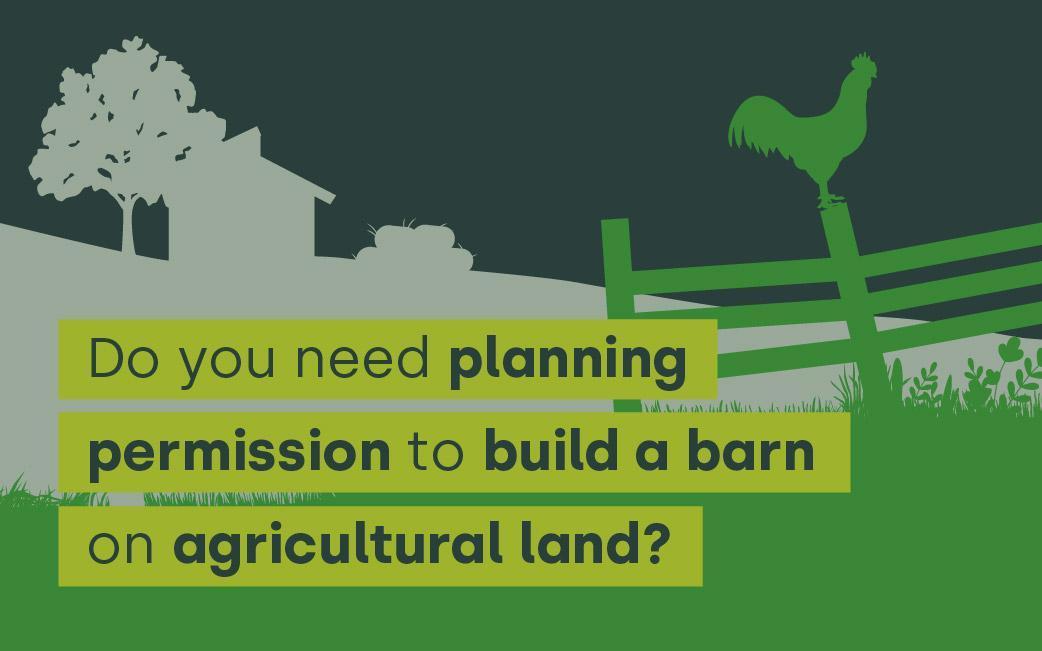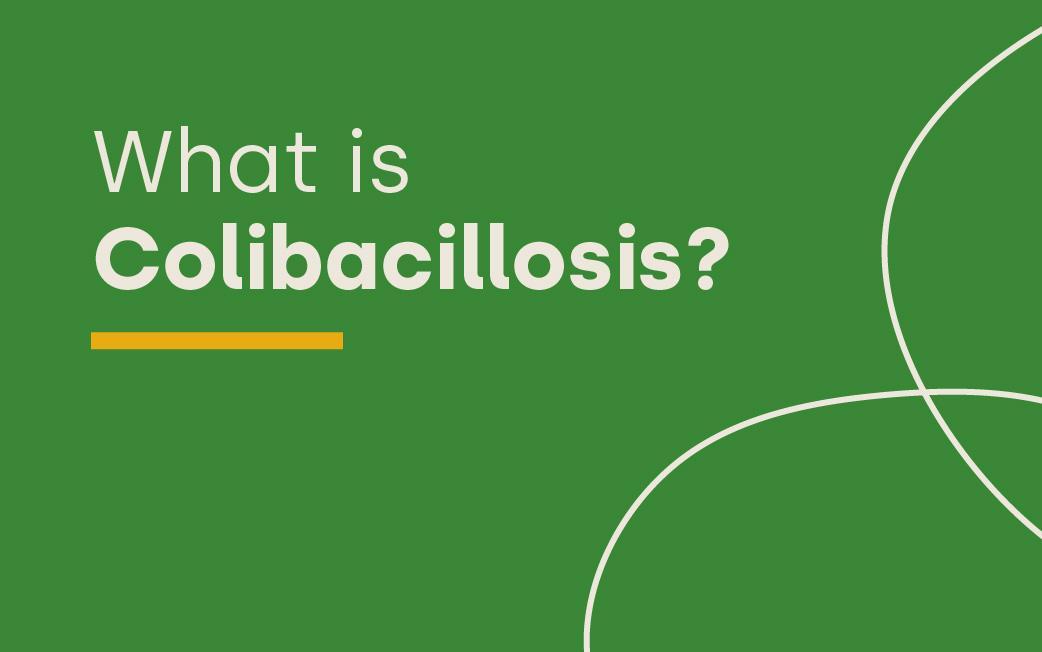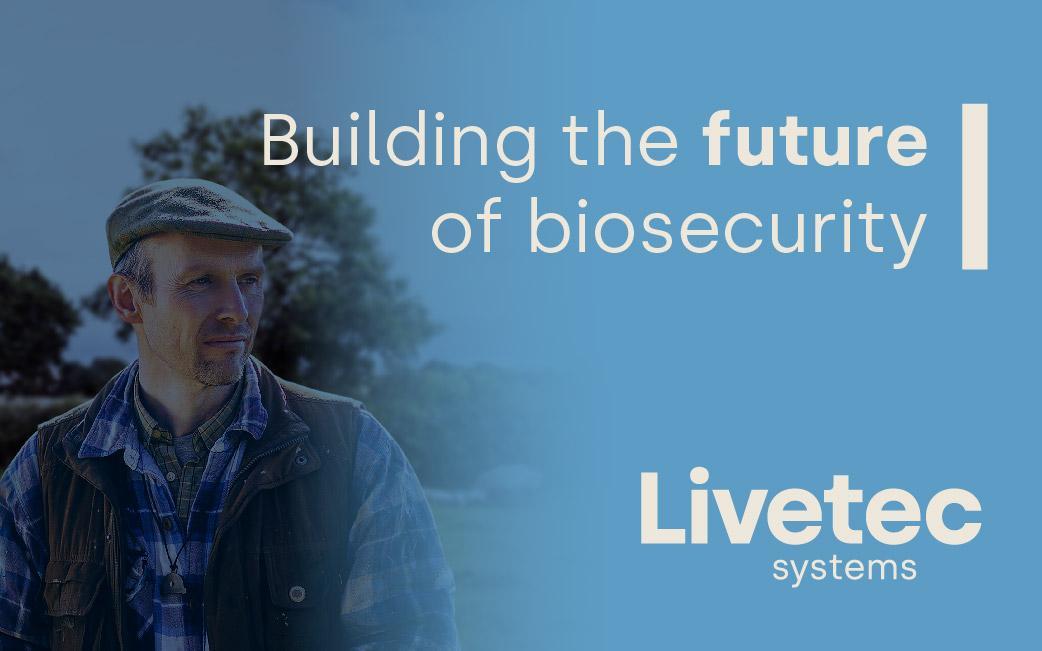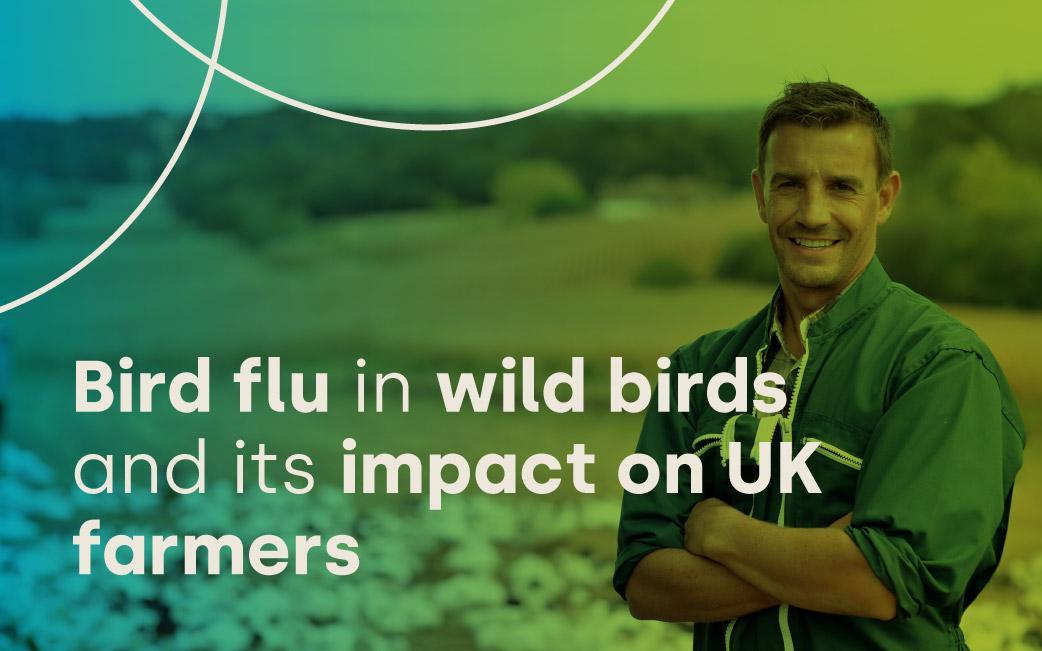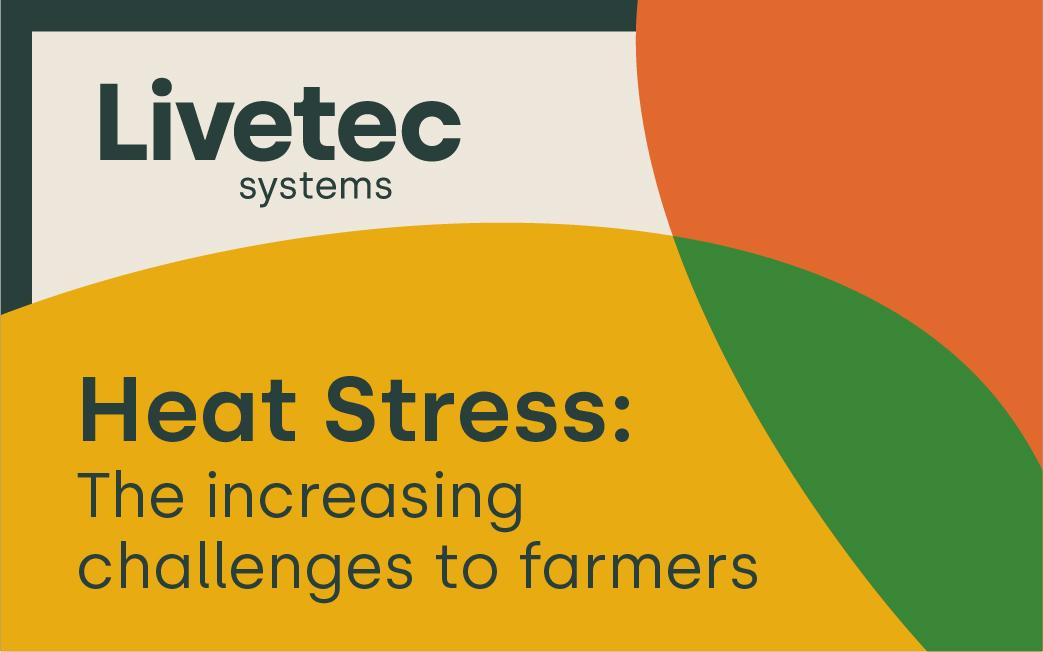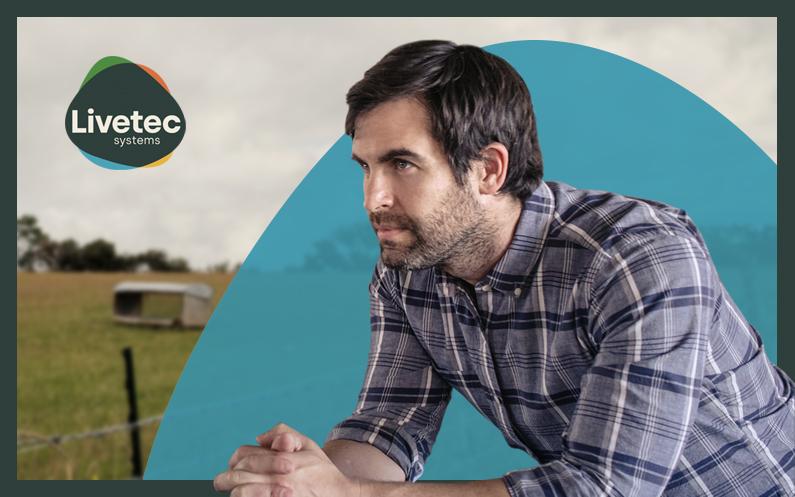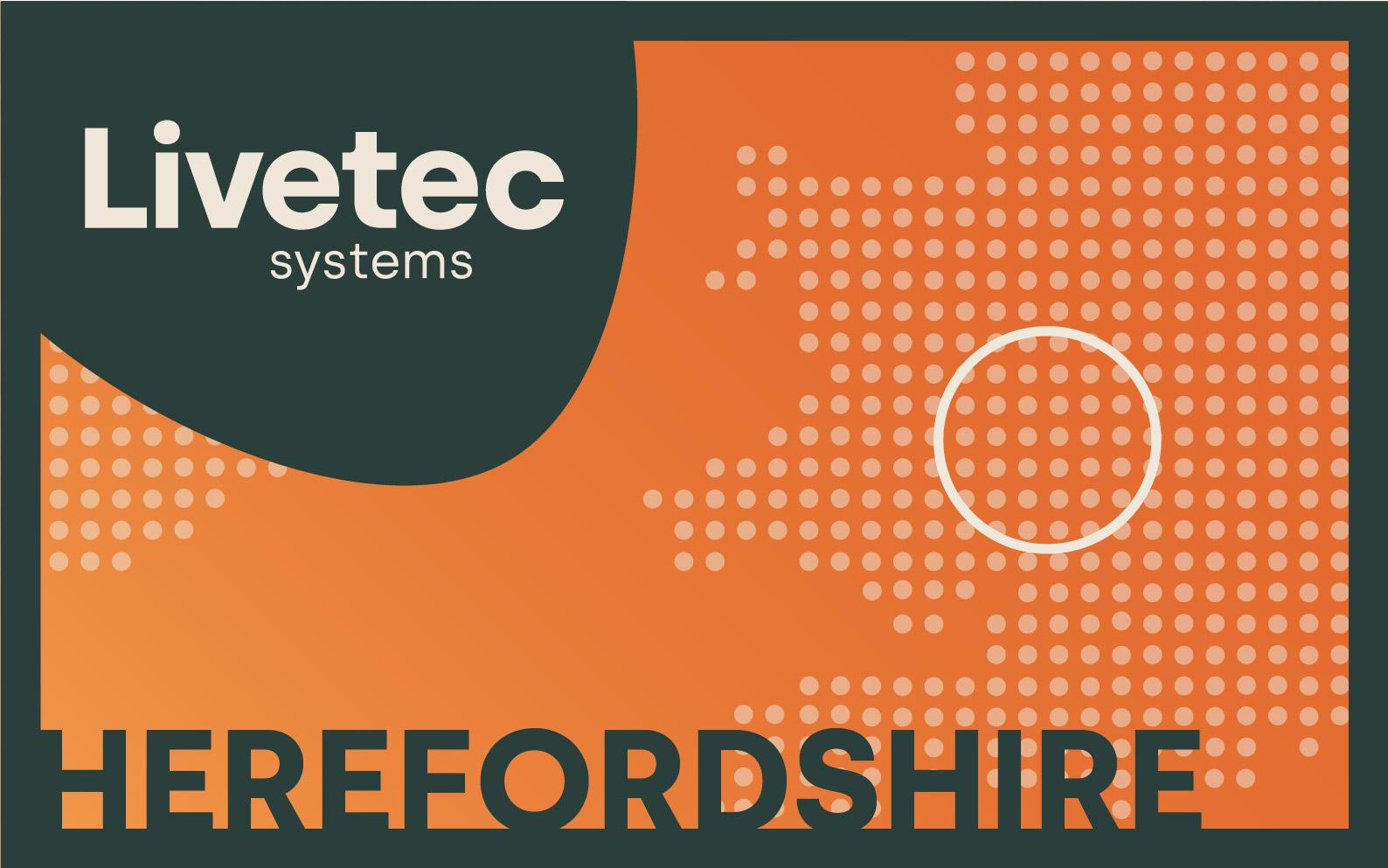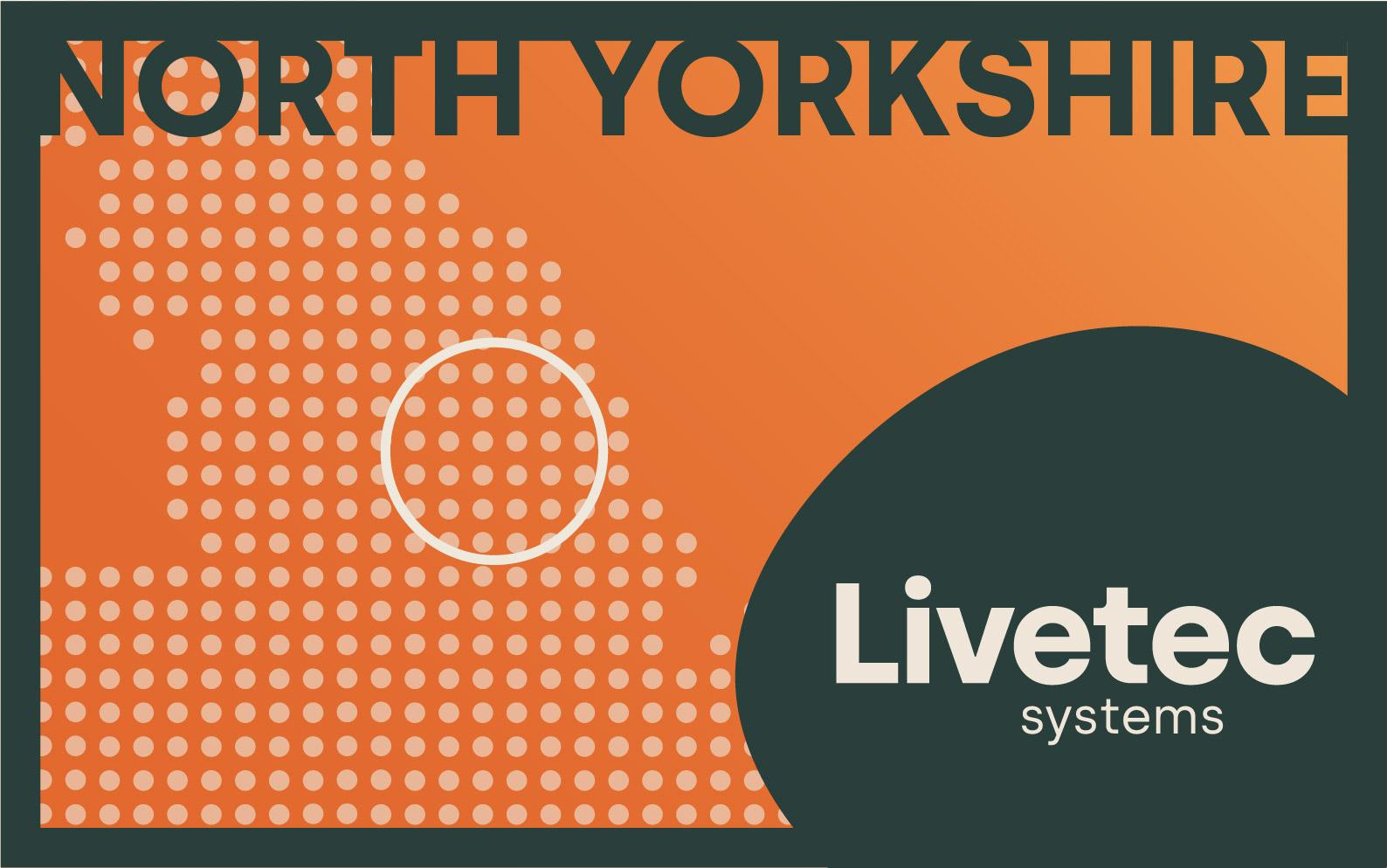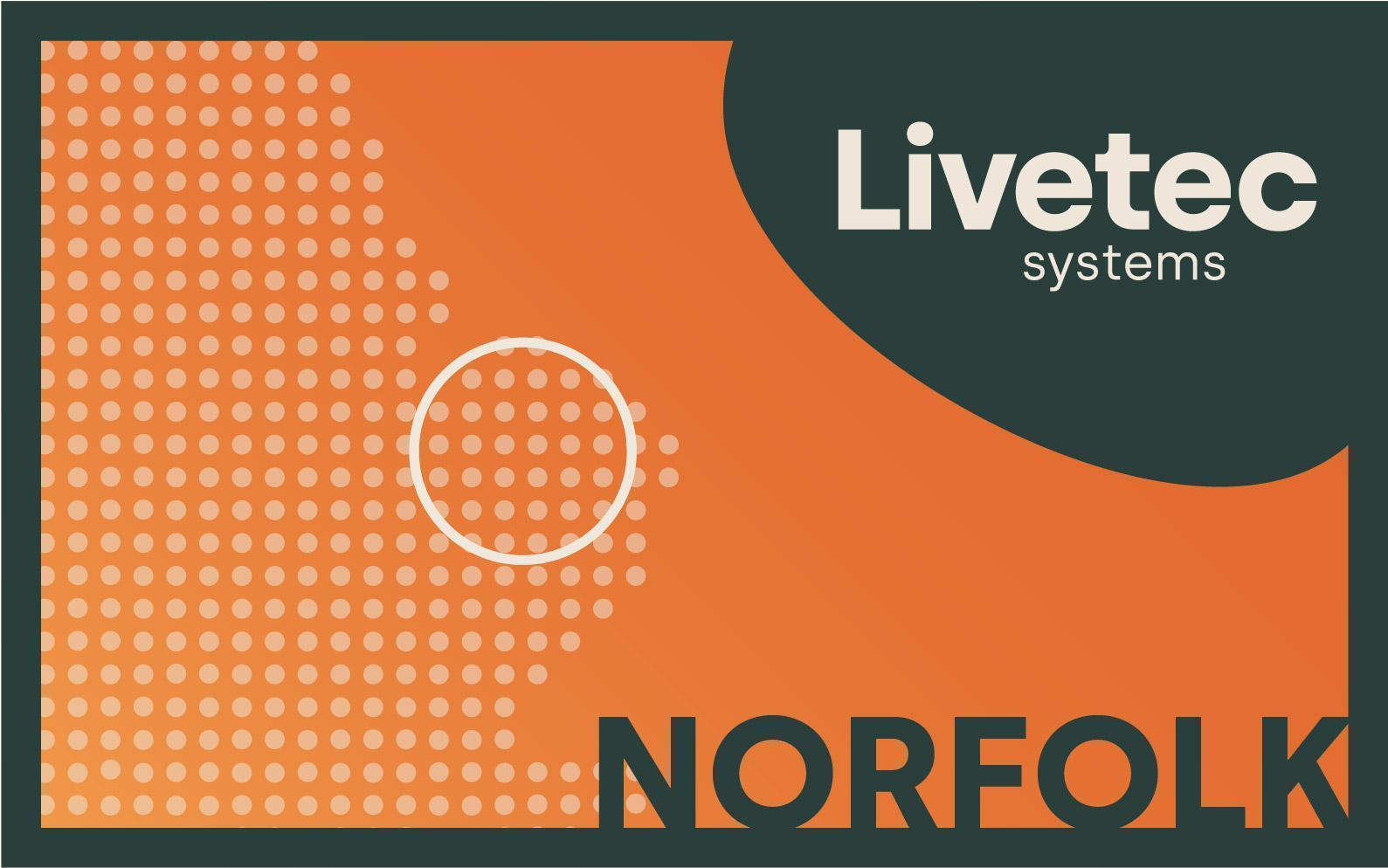Final surveillance zone lifted
The nation’s poultry industry welcomed the news (2nd January 2024) from the Department for Environment, Food and Rural Affairs (Defra) as they announced that the last remaining avian influenza surveillance zone was lifted, on a commercial poultry unit near Berwick-Upon-Tweed.
What does this mean?
Once new cases of highly pathogenic avian influenza (HPAI) are declared, a 10km surveillance and management zone is put in place, restricting animal and human movement in and out of the zone, causing significant impact to businesses within the area.
However, with disease control activities and added surveillance now successfully completed at the site of the latest outbreak, Defra were able to declare the case closed, and revoke the zone’s restrictions.
This action means that the UK now no longer has any active cases of avian influenza meaning that – after many years – it is officially free from HPAI.
Avian influenza’s impact
In the 2021/2022 season there were 152 separate cases recorded across the season (1st October – 30th September). The 2022/2023 season was even worse with over 200 cases reaching every corner of the country. This reprieve for the nation’s farmers, keepers, breeders and producers who have been devastated by the impact of avian influenza over recent years is a positive one, however long it lasts.
Speaking about the lifting of the final zone, Livetec’s Technical Director Julian Sparrey said: “It is great news that the last restriction zone in the UK has been lifted around the recent outbreak in Northumberland, but we must still be vigilant. There are still low numbers of wild birds being found on a weekly basis with H5N1 and the risk of further cases in wild birds is still classed as medium. The risk in commercial poultry, with stringent biosecurity, is low. We are, however, predicting a cold spell in mid January and February – this tends to see more wild birds move into the UK from Europe, where they have seen higher cases of HPAI in wild birds recently.”
Can we relax about avian influenza now?
Sadly, no. This announcement is welcome news for all in the poultry business. However, we all know how quickly the picture can change and just how infectious avian influenza is – just a teaspoon’s worth of infected faeces is enough to kill thousands of birds. And with the potential for its introduction from wild birds, everyone in the poultry industry must guard against complacency and remain vigilant.
Whilst virus pressure remains low, it is an excellent time for all poultry and egg keepers to take stock of their biosecurity protocols, identify areas of potential ingress and make the required changes now, in order to protect themselves in advance of any potential further cases.
You can get help with your farm’s biosecurity by speaking to the UK’s experts, Livetec.
Keeping track of notifiable disease outbreaks
To support farmers and backyard keepers with staying informed, in June 2023, we launched the Livetec Systems App – the perfect solution for staying ahead of notifiable disease outbreaks, like avian influenza and bluetongue. Within the app, you can explore features such as the ability to view current, historic and wild UK notifiable disease outbreak maps as well as receive instant notifications in Protection and Surveillance Zones, with advice on what you need to do to comply with the regulations and legislation that will now impact you.
Taking it a step further with better biosecurity
Our Biosecurity Advisory Service (BAS) helps farmers and keepers to understand the strengths and weaknesses of their operation’s biosecurity by working with a specialist biosecurity advisor who will review both site and operations. Identifying potential areas for improvement and providing practical solutions to plug these gaps ensures that in the event of future cases of avian influenza – or other infectious diseases – you, your business and your animals are well prepared.
To find out more about booking a BAS click here or to speak to one of our advisors about your needs, call 0208 087 1499.
Livetec. Building the future of livestock protection.













